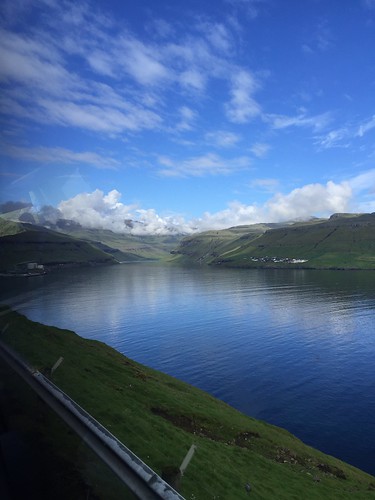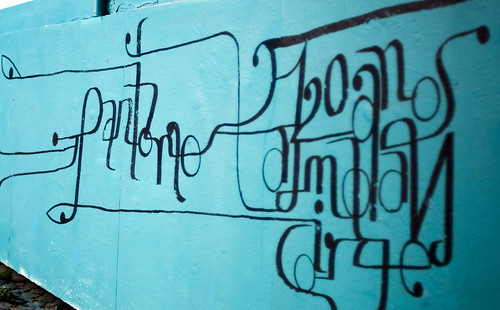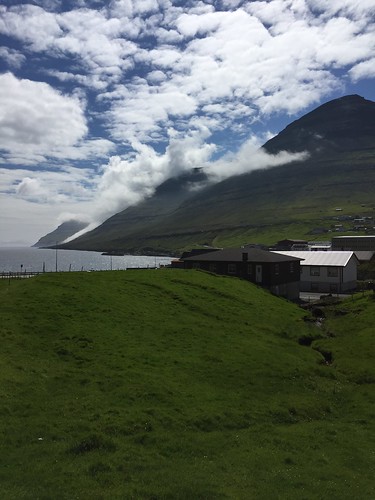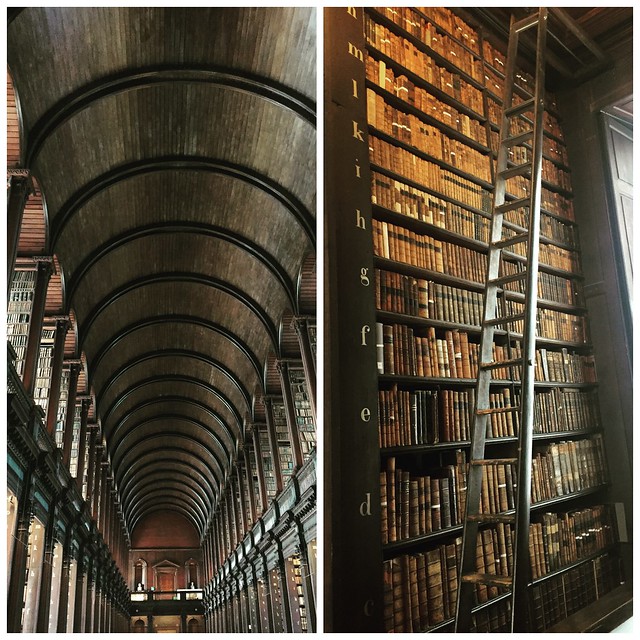On Friday, I had a bit of a wrestle with the fate of a minor character in The Sea Queen. My plot question was “should s/he live or should s/he die?” and I was trying to figure that out based on my answer to: “what does it mean to my main characters and plot if either happens?”
I could make it work either way, but neither choice felt right for the narrative, and usually when I’m working out plot issues, one choice will simply feel right for the story. The question that shook me loose was: “How can the fate of this character show respect for them as a person rather than a prop?” And then I knew what to do. When I’m writing, I can do anything I want to my characters, but they only come alive when I don’t ask, “What is done to them?” but “What does life ask of them, and how do they answer?”
 A couple months ago, I read Man’s Search for Meaning by psychologist Victor Frankl. The most affecting part of the book is his years in Nazi concentration camps, and how that experience illustrated, in the starkest terms, some essential truths. These are:
A couple months ago, I read Man’s Search for Meaning by psychologist Victor Frankl. The most affecting part of the book is his years in Nazi concentration camps, and how that experience illustrated, in the starkest terms, some essential truths. These are:
- Doing something that has meaning is a person’s highest calling, not happiness
- Even when every freedom has been taken away, people can find meaning and purpose in how they meet their situation
He found that prisoners in the camps who felt that their lives and choices had meaning, who had someone to live for, a memory that sustained them, or a desire to help their fellow sufferers as much as they could, had a better chance of survival than those who did not have that purpose. Those without purpose were more likely to become their worst selves, to steal from one another, and eventually, to give up and die. To Victor Frankl the central question for everyone should be not, “What do I want from life?” but “What does life want from me?” Perhaps the answer to the first one always, for everyone, is “meaning”, and the answer to the second is what creates that meaning.
Story is meaning, and meaning is story. Humans tell themselves stories all the time, at every moment of every day, when we are not listening to others’ stories 1. Even when we sleep, our minds make up stories. One of the symptoms of PTSD is an inability to give meaning to an event, to create a narrative around it. Sufferers of PTSD cannot tell their story, and often relive it instead. And people are more likely to suffer PTSD if they are prevented from sharing their trauma and telling their story 2.
The stories we tell ourselves about our lives become our truths. Do you tell the story where everyone screwed you, and everything went wrong, and therefore you failed? Or do you tell the story where you had a lot of experiences that taught you things, and you had to make adjustments along the way, but every step you took led you to where you are now. For many lives, either story has a grain of truth, but which person do you want to be?
One of my writing teachers always asked “What does this event mean to this character?” because the importance of a plot is not the plot itself but what it means to the characters experiencing it. As Hamlet says, “for there is nothing either good or/bad, but thinking makes it so.” Thinking is storytelling is meaning-making, and every character makes their own meaning. It’s one of the hardest writing questions to get your mind around. It requires knowing a character very well.
Sometimes the hardest thing about writing fiction is choosing the right main character. I got into an argument with a friend early in my MFA program, where I was railing against writers who write about characters exactly like them, usually young writers from Brooklyn. And my friend was saying that every story is worth writing, and that I was being a snob to think otherwise.
I think we were both right. I do think there is a higher degree of difficulty writing about yourself or someone very like you, because we don’t see ourselves very clearly, and we may not see our own agency. A character can have lots of bad things happen to them, but they still have a choice in how they react to that. Even being passive is a choice. And with a skilled author, who can tease out the reasons for the passivity, and the consequences of it, that can be an interesting story. But the author needs to understand that while the character may seem to have everything happen to them, and perhaps that’s even the story the character tells himself, the truth is that he has choices, agency, no matter what. Maybe terrible choices, maybe the only choice is in how he faces his situation–what meaning he takes from it–but he has a choice.
(This is not to excuse terrible things, or to say there is something wrong with ‘being a victim’. People do terrible things to one another, and the victims of that have every right to be angry. And they have a choice of what to do with that anger and every other feeling about it. In Victor Frankl’s practice, he found that helping his patients find meaning helped them heal from whatever they had been through.
This is also not to say that everything in life happens for a reason and Frankl is very careful to state that as well. His point, and mine, is that things happen–life asks things of you–and you get to decide how you’re going to answer.)
Readers want to read about characters who do things, who make things happen, who make choices. I’m not the type of author (at this point) who can make a passive character interesting, or the type of person who has enough sympathy for a passive character. My characters do a lot, do everything, do too much. All they do is make choices and try to make things happen, often to a fault–a lot like their creator.
So this is both a post about writing or life. Whose story is it? In life, it’s always your story. You can tell it as other people’s story, as the story of everyone who did you wrong, or as the story of how you overcame that. In fiction, it is your protagonist’s story. They always have choices. And it is also the story of every other person in the book–none of them should feel like props, and all of them should have their own stories, no matter how briefly they intersect with the protagonist. Because we are all protagonists, making choices, searching for meaning, answering what life asks of us.
1 The Storytelling Animal: How Stories Make Us Human by Jonathan Gottschall
2 Achilles in Vietnam: Combat Trauma and the Undoing of Character by Jonathan Shay
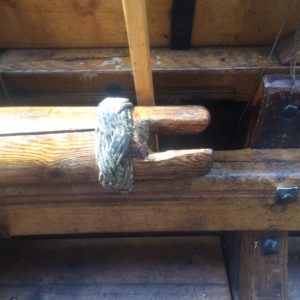
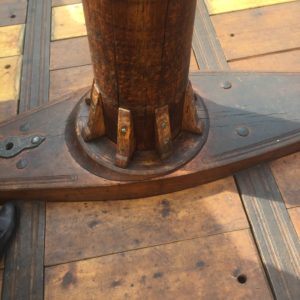
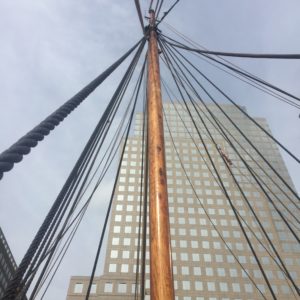
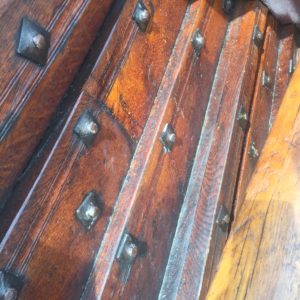
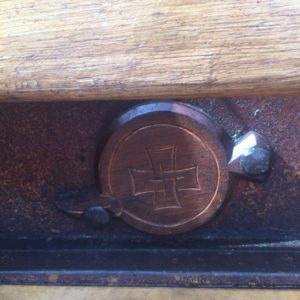
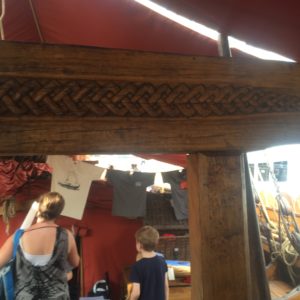
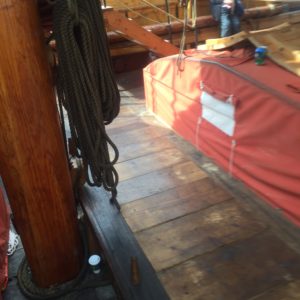
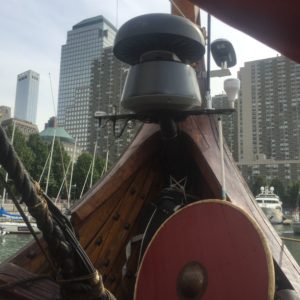
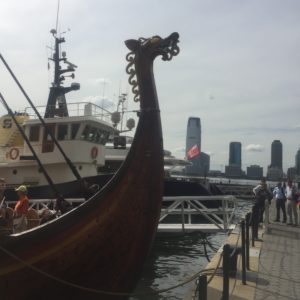
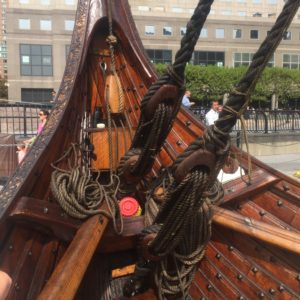
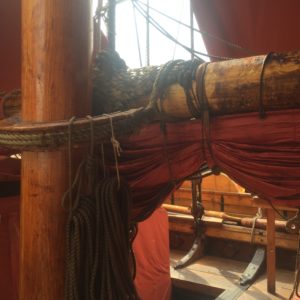
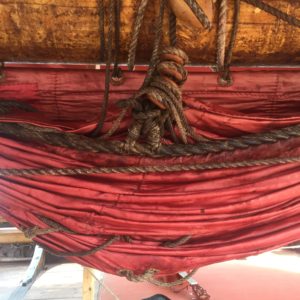
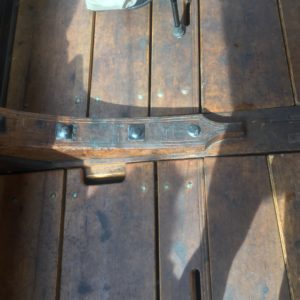
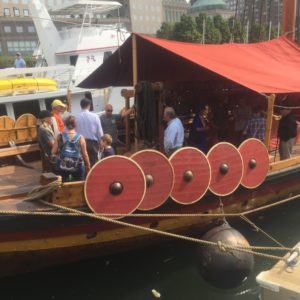
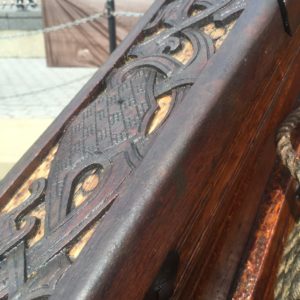
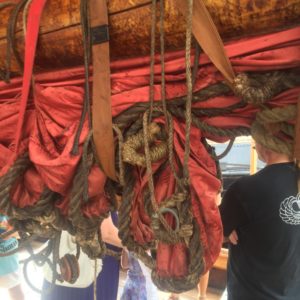
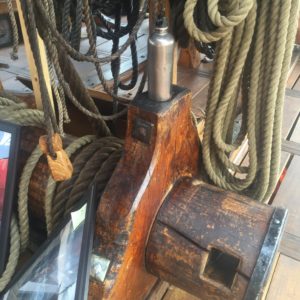
 I am scared and sad. If you don’t understand why, or you think it’s sour grapes, please
I am scared and sad. If you don’t understand why, or you think it’s sour grapes, please 

